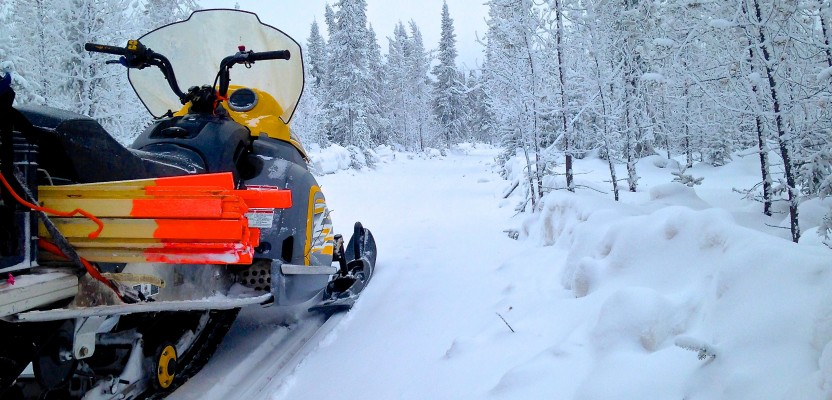Perhaps more so now than when Bob Dylan first penned the lyrics to The Times They Are A-Changing, this title line carries a sense of urgency, and it continues to reverberate with a significance that transcends any specific moment in time. We now live in an age where nothing is more constant than change, and technology in particular progresses so quickly that its implementation struggles to keep pace.
As the digital age pulls us in new directions, companies and industries alike are being challenged to adapt in order to remain viable. It is important for industries not only to understand where technology is going, but also to recognize where it is coming from so that they may successfully navigate where the two intersect.
In 2009, C$1,708 million was invested in research and design of energy technologies in Canada alone. C$1,191 million of this was spent on research and design for fossil fuel extraction and production. This number has skyrocketed at an annual growth rate averaging nearly 20% from a decade earlier. This is no surprise considering how profoundly our way of life is impacted by the extraction and production of oil and gas.
We continue to see new technological implementations, from advanced land positioning systems like TigerNav and Kodiac (that focus on high-efficiency, stake-less surveying) and GNSS augmentation systems like Trimble Omni-STAR, to newly implemented offshore technologies such as spool piece metrology (used in designing piping systems that connect sub-sea refining stations) and underwater AUV Inertial systems that help navigate between intermittent GPS signals. Across the Earth’s surface modifications of traditional systems to more efficient and environmentally sound ways of finding, extracting, and refining resources continue to enhance our way of life.
Over the last five years seismic exploration prospects in the north have grown from a 3D-driven exploration model to a 4D one. By using traditional technologies and adapting them to current needs, we are able to pinpoint oil and gas pockets close to the Earth’s crust. Meanwhile offshore, adopted practices like side scan sonar, bathymetric surveying, and the resurgence of e-LORAN (once new-fangled technologies) have helped the industry make large steps towards efficiencies in the fields of hydrography.
Human ingenuity and modern technology have had a long history of driving change and steering our daily lives. From the invention of the wheel to the production of the fuel that turns it, we have witnessed implementation of new tools and techniques designed to make our work and our lives easier. In the face of these advancements is the challenge to keep our eye on the wheel while focusing on efficiencies that allow us to anticipate what lies beyond the bend, always keeping up with the times and the state of technology in oil and gas.

